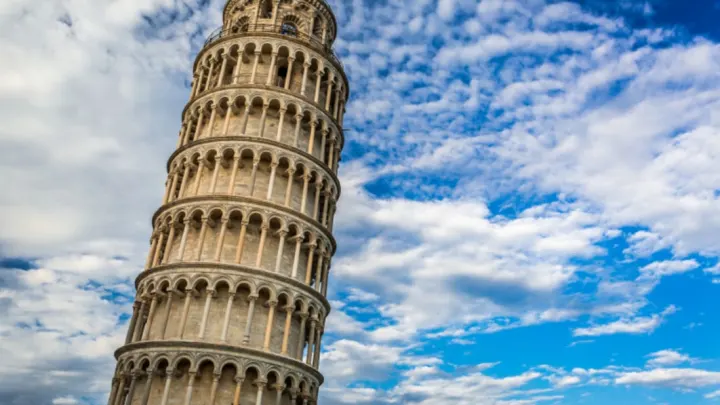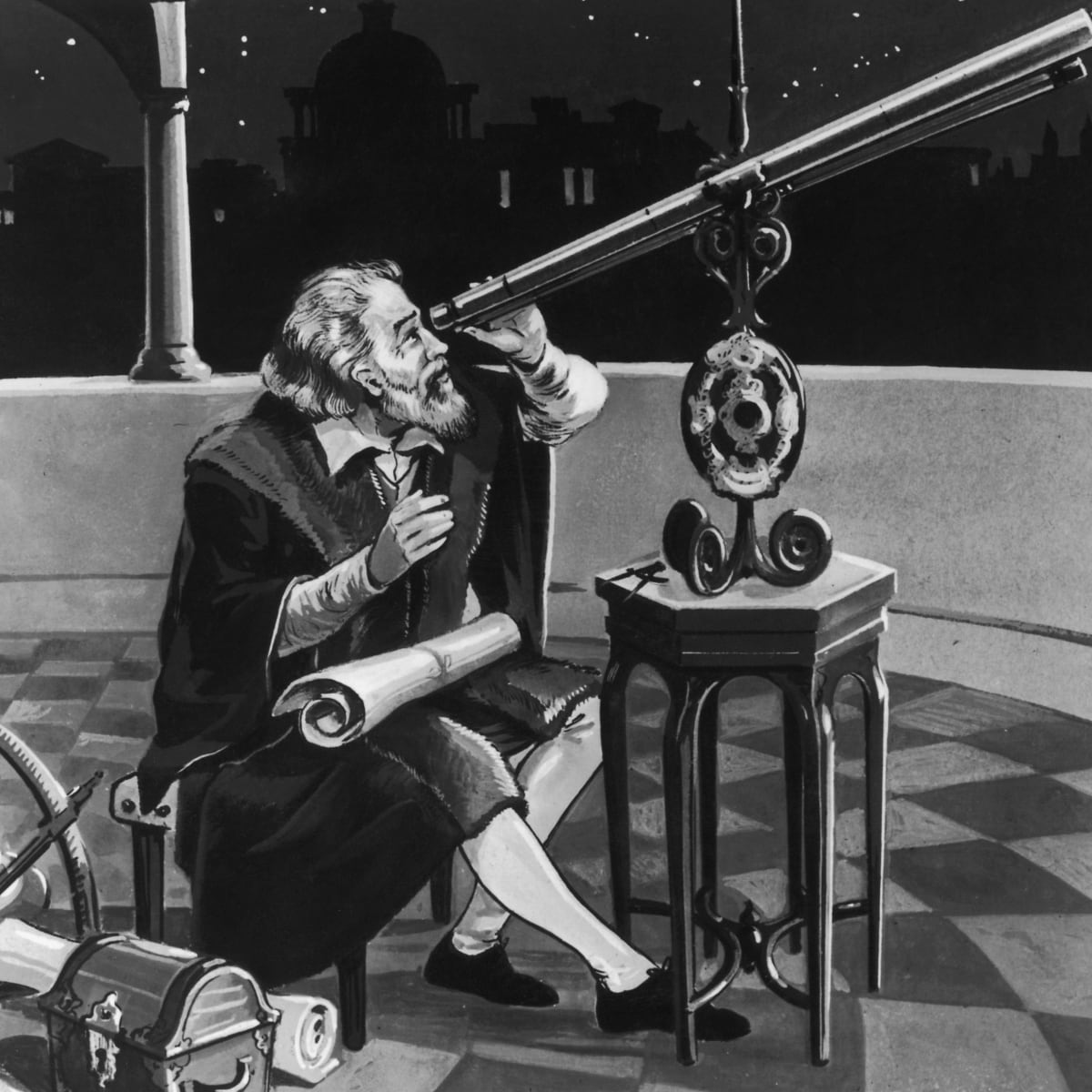
A popular legend states that Galileo Galilei, a man of the XVII century, threw stones from the Pisa leaning tower to show how falling objects behaved. But, there is no evidence to support this anecdote.
What was Galileo doing to create his amazing ideas about movement?

Galileo ordered his craftsmen to build a long, wooden bar with a very polished channel. To measure how long it took them to move from one point to the next, his helpers tilted and dropped lead and cork balls down the canal.
Galileo kept a detailed record of many of his experiments in his Dialogues of Two New Sciences (1638). Three curious characters sounded like him: Salviati and Sagredo. They passionately debated situations, refuting or supporting Aristotle’s conclusions and formulating theorems. This led to multiple observations of nature.
Salviati explains in detail Galileo’s groundbreaking experiment:
“A piece or scantling of wood molding, approximately 12 cubits in length, half a cubit in width, and three fingers-breadths thick was taken. A channel was made on its edge that measured slightly more than one finger in width. After making this groove as straight and smooth as possible, we then rolled it into a perfect round bronze ball. After placing the board in a sloped position, we rolled it. This experiment was repeated more than once to determine the time difference between the two observations. The deviation never exceeded one-tenth of a pulse-beat.
These observations led him to conclude that natural acceleration bodies behave the same regardless of how heavy or what they are made of.
Physics is born from the imagination
Galileo’s extraordinary imagination was crucial to scientific progress. Galileo wrote of impossible situations in which the atmosphere vanished, objects were perfectly spherical and surfaces were perfect.
These scenes were a result of his imagination and he linked them to his observations and experiments. This combination led to his principle of inertia, which states that a body moving in a straight line with constant speed will continue moving forever.
This is one of the most important moments in the history of physics. Galileo’s principles played a decisive role in the understanding of gravity. These principles were the foundation for Newton’s universal laws in mechanics.
Did the Falling Objects Experiment ever take place?
Yes. This experiment was done in Delft, Netherlands, and not in Pisa.
Jan Cornets de Groot (the mayor of Delft), and Simon Stevin, a Flemish engineer, mathematician, and mill builder, performed the feat. Two lead spheres were taken, one ten times heavier than the other and they fell simultaneously from the tower at the Nieuwe Kerk.
Stevin wrote about the experiment and their observations, in his book De Beghinselen des Weeghconst (The Principles of Statics), which was published in 1586.
Let us now take two lead balls as Jan Cornets de Groot, a highly educated researcher who is very diligent in unraveling the mysteries of nature, and have them fall from 30 feet above. It will be obvious that the lighter ball doesn’t take long to drop than the heavier one. However, they both fall at the same moment. This shows that Aristotle was incorrect.
Aristotle believed that the speed at which a body falls in freefall was proportional to its mass. The principles of movement he proposed were believed to be true until that point. They were taught at academic centers like the University of Pisa or the University of Padua.
Galileo and Stevin: One, Aristotle, Zero
It was difficult to dethrone Aristotle. His ideas remained valid for centuries. Even Galileo’s, Stevin’s, and de Groot’s experiments weren’t good enough to provide a general principle about the fall of things.
Scientists had to show that the atmosphere caused feathers, paper, and other objects to disobey their principles for the principle to be reaffirmed.
Technology saved the day. We use vacuum chambers today to remove the air.
A spectacular test on the Moon
With a hawk feather in his hand and a hammer in the other, Apollo 15 astronaut David Scott landed on the Moon in 1971.
As his partner was filming him, Scott simultaneously dropped the feather and the Hammer. The video below shows Commander Scott bursting into laughter as the two objects simultaneously fall to the lunar soil. He exclaimed, “How about that?”
An enormous vacuum chamber
Brian Cox, a physicist, created another amazing experiment: the falling bodies experiment was set up in the largest vacuum chamber that has ever been built. This vacuum is created by blowing out thirty tons of air from the enormous room.
Laboratory technicians attach a few feathers to the ceiling of the chamber. Once the vacuum has been completed, both the feathers and the bowling ball are released simultaneously.
Falling Atoms
Galileo-Stevin de Groot’s principle of individual atoms was demonstrated in the most recent experiment, which was conducted last year.
Peter Asenbaum and Stanford University collaborators launched clouds of different rubidium isotopes in a tube measuring nine meters high. The tubes were placed under a vacuum. The elements have the same number of protons, but different numbers of neutrons. This makes them differ in mass.
They confirm once more the Galileo-Steven de Groot principle of falling objects with this experiment.
Steven de Groot and Galileo had it right.
We know today from Einstein that free-falling objects behave this way because gravity disappears. This is another topic.